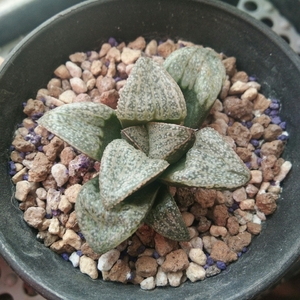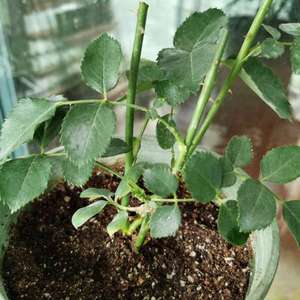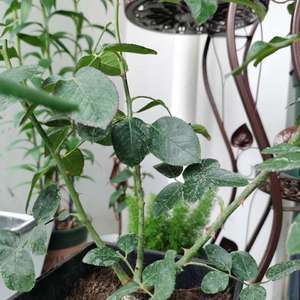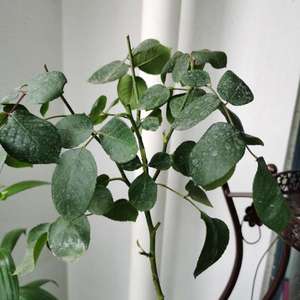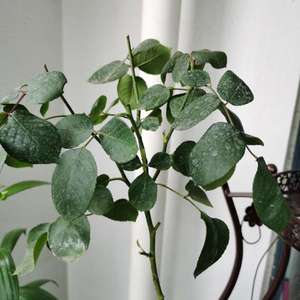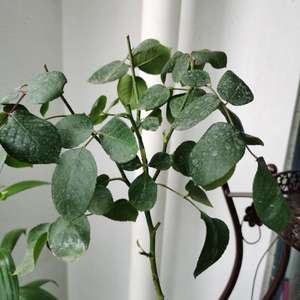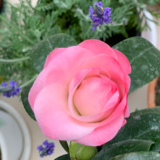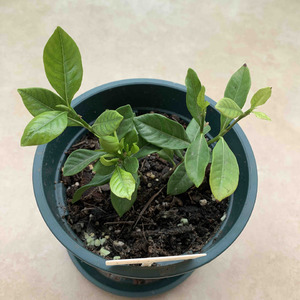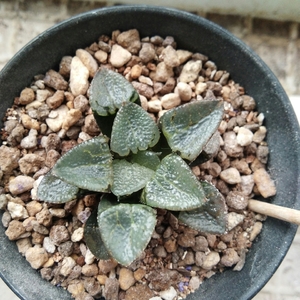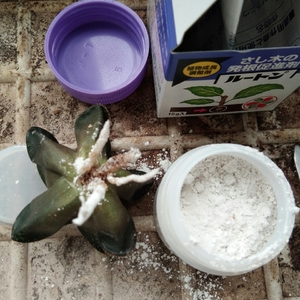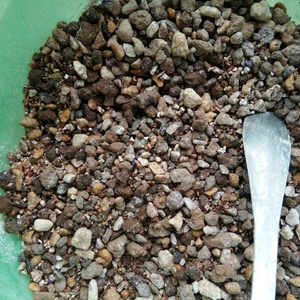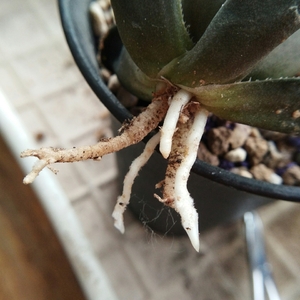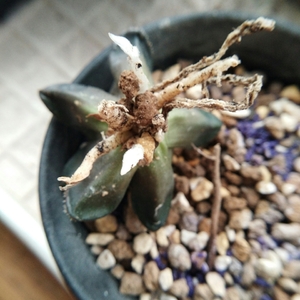文章
Miss Chen
2020年05月10日

虹之玉别名耳坠草、玉米粒(市面上通常俗称葡萄掌),小型多肉植物。其叶片肉质,呈长椭圆形,约1厘米长,互生。花黄色,星形。在秋冬季节或强光照射下,叶片部分或全部转为鲜红色。叶尖处略呈透明状,此时叶片红绿相间,色泽鲜艳,虹之玉喜暖、不耐寒、喜光、耐旱、适应性强。在秋天和冬天阳光照射下,叶片变为鲜红色,透明状,此时叶片红绿相间,色泽鲜艳,如虹如玉,故又名虹之玉,很多肉友每年夏天都会损失一大片多肉,心痛不已,可损失的多肉中大多是不包括虹之玉的,不论是夏天还是冬天,湿润还是干燥,都不会对它造成任何损害,最多变了一下颜色罢了,只要我们给一点温暖它们,它们就会活的非常好,虹之玉肉肉,这样做让它轻轻松松就能度夏!
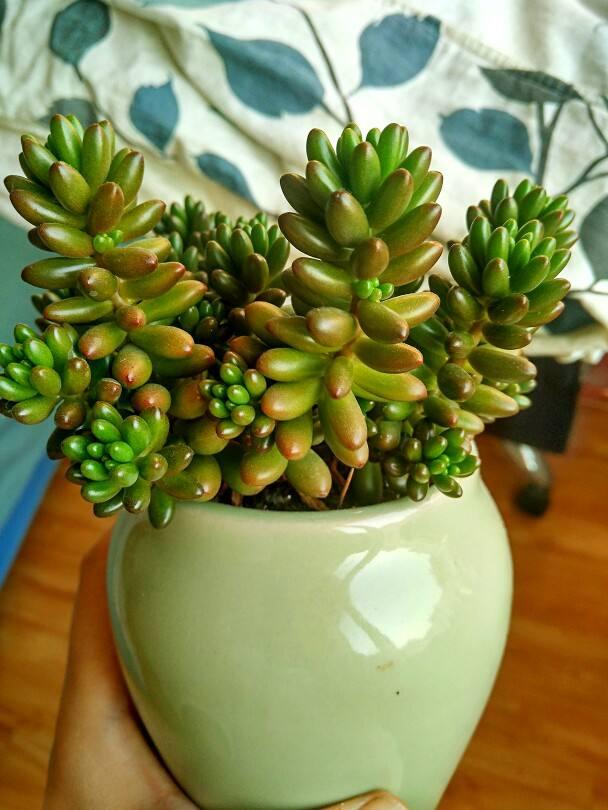
虹之玉非常喜欢阳光,是非常适合露养的,每天最少要晒五六个小时的阳光,如果是全日照的话,水分充足的情况下就会较快的生长,叶片会慢慢变为大红色,如果水分不足,比较干燥的话生长就会变慢,叶片会逐渐变为洋红。如果没有阳光的话颜色就会变为深绿,叶片之间的距离也会变长就会徒长了,所以想要你的虹之玉更加光彩照人的话一定要多晒太阳,当然夏天中午要适当的遮阳,时间也不必太长,虹之玉在10℃-28℃之间生长较为良好,如果想提高观赏价值培育过程中应当人工降温当然在秋冬季节就不需要了。虹之玉生长缓慢,耐干旱,不宜大肥大水,提前进行修剪
虹之玉喜昼夜温差明显的环境。对温度的适应性较强,在10℃至28℃之间均可良好生长。秋冬季节气温降低,光照增强,肉质叶片逐渐变为红色,因此栽培过程中人为降温可提高观赏价值 ,虹之玉对通风要求较高,使用红陶一类透气较强的花盆最好,较喜欢日照,并不需要太多水分,日照时间增加后会整株变成红色,植株往上生长,多年老株枝干化后,一定要注意浇水量,过多的水分会导致枝干腐烂,通风和浇水,虹之玉是非常耐旱的,所以浇水不宜太多,偶尔想起来浇一次水也会活的很好

虹之玉病害较少,偶尔会发生叶斑病和茎腐病,叶斑病主要是由于通风不良且空气湿度较大引起的。可以使用内吸性杀菌剂进行防治。改善通风状况是预防叶斑病的关键,茎腐病多是由于冬季环境过于潮湿引发的。应剪取植株上部健康茎段进行繁殖,同时避免冬季过多过频浇水,保持盆土稍微干燥,如果一直浇水的话就会烂根,虹之玉的病害很少,大多是叶斑病和茎腐病,叶斑病就是通风不良潮湿的空气引起的,所以良好的通风就不会发生叶斑病了,茎腐病一般是冬季土壤潮湿引起的,所以冬天的时候要少浇水,保持土壤干燥就好

虹之玉非常喜欢阳光,是非常适合露养的,每天最少要晒五六个小时的阳光,如果是全日照的话,水分充足的情况下就会较快的生长,叶片会慢慢变为大红色,如果水分不足,比较干燥的话生长就会变慢,叶片会逐渐变为洋红。如果没有阳光的话颜色就会变为深绿,叶片之间的距离也会变长就会徒长了,所以想要你的虹之玉更加光彩照人的话一定要多晒太阳,当然夏天中午要适当的遮阳,时间也不必太长,虹之玉在10℃-28℃之间生长较为良好,如果想提高观赏价值培育过程中应当人工降温当然在秋冬季节就不需要了。虹之玉生长缓慢,耐干旱,不宜大肥大水,提前进行修剪
虹之玉喜昼夜温差明显的环境。对温度的适应性较强,在10℃至28℃之间均可良好生长。秋冬季节气温降低,光照增强,肉质叶片逐渐变为红色,因此栽培过程中人为降温可提高观赏价值 ,虹之玉对通风要求较高,使用红陶一类透气较强的花盆最好,较喜欢日照,并不需要太多水分,日照时间增加后会整株变成红色,植株往上生长,多年老株枝干化后,一定要注意浇水量,过多的水分会导致枝干腐烂,通风和浇水,虹之玉是非常耐旱的,所以浇水不宜太多,偶尔想起来浇一次水也会活的很好

虹之玉病害较少,偶尔会发生叶斑病和茎腐病,叶斑病主要是由于通风不良且空气湿度较大引起的。可以使用内吸性杀菌剂进行防治。改善通风状况是预防叶斑病的关键,茎腐病多是由于冬季环境过于潮湿引发的。应剪取植株上部健康茎段进行繁殖,同时避免冬季过多过频浇水,保持盆土稍微干燥,如果一直浇水的话就会烂根,虹之玉的病害很少,大多是叶斑病和茎腐病,叶斑病就是通风不良潮湿的空气引起的,所以良好的通风就不会发生叶斑病了,茎腐病一般是冬季土壤潮湿引起的,所以冬天的时候要少浇水,保持土壤干燥就好
1
0
成长记
笔润烟岚
2020年05月09日
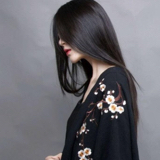
立夏后第六天凉爽。预报今日多云,气温17至26度~所有肉肉未遮阳未遮雨~自1月4日入叶插大盆至今,长成小群生~也不知是不是马库斯小姐姐,权且这么叫着~生根水浇透透~
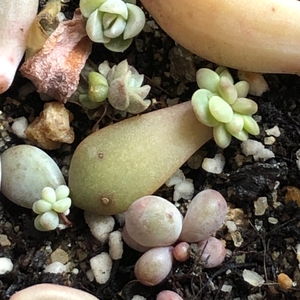
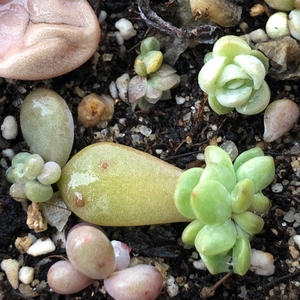
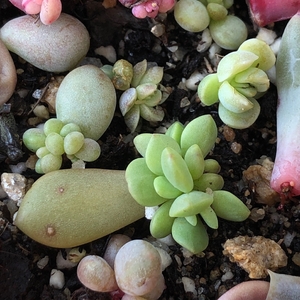
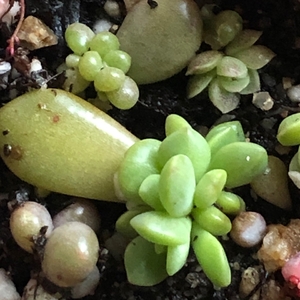
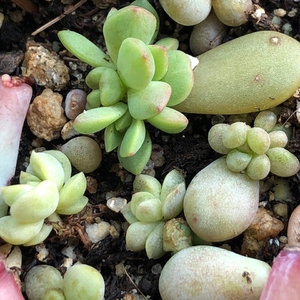
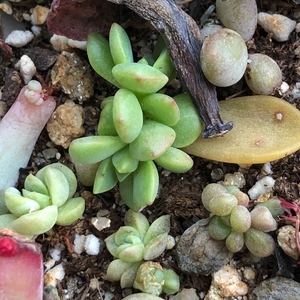

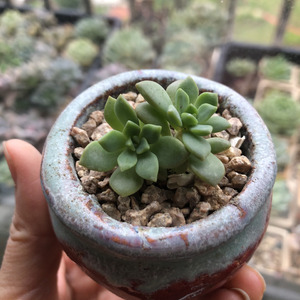
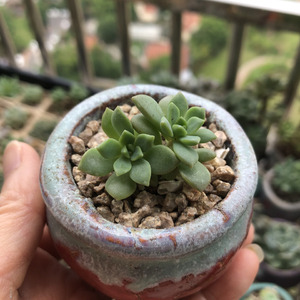









0
0
文章
ritau
2020年05月08日

Blueberries are perennial flowering plants with blue or purple berries. They are classified in the section Cyanococcus within the genus Vaccinium. Vaccinium also includes cranberries, bilberries, huckleberries and Madeira blueberries.[1] Commercial blueberries—both wild (lowbush) and cultivated (highbush)—are all native to North America. The highbush varieties were introduced into Europe during the 1930s.
Blueberries are usually prostrate shrubs that can vary in size from 10 centimeters (3.9 in) to 4 meters (13 ft) in height. In commercial production of blueberries, the species with small, pea-size berries growing on low-level bushes are known as "lowbush blueberries" (synonymous with "wild"), while the species with larger berries growing on taller cultivated bushes are known as "highbush blueberries". Canada is the leading producer of lowbush blueberries, while the United States produces some 40% of the world supply of highbush blueberries.

The genus Vaccinium has a mostly circumpolar distribution, with species mainly present in North America, Europe, and Asia. Many commercially sold species with English common names including "blueberry" are from North America, particularly Atlantic Canada and Northeastern United States for wild (lowbush) blueberries, and several US states and British Columbia for cultivated (highbush) blueberries. Canada's First Nations people consumed wild blueberries for centuries before North America was colonized. Highbush blueberries were first cultivated in New Jersey around the beginning of the 20th century.
North American native species of blueberries are grown commercially in the Southern Hemisphere in Australia, New Zealand and South American nations. Several other wild shrubs of the genus Vaccinium also produce commonly eaten blue berries, such as the predominantly European Vaccinium myrtillus and other bilberries, which in many languages have a name that translates to "blueberry" in English.
*Nutrients
Blueberries consist of 14% carbohydrates, 0.7% protein, 0.3% fat and 84% water (table). They contain only negligible amounts of micronutrients, with moderate levels (relative to respective Daily Values) (DV) of the essential dietary mineral manganese, vitamin C, vitamin K and dietary fiber (table). Generally, nutrient contents of blueberries are a low percentage of the DV (table). One serving provides a relatively low caloric value of 57 kcal with a glycemic load of 6.

*Phytochemicals and research
Blueberries contain anthocyanins, other polyphenols and various phytochemicals under preliminary research for their potential role in the human body. Most polyphenol studies have been conducted using the highbush cultivar of blueberries (V. corymbosum), while content of polyphenols and anthocyanins in lowbush (wild) blueberries (V. angustifolium) exceeds values found in highbush cultivars.
Blueberries are usually prostrate shrubs that can vary in size from 10 centimeters (3.9 in) to 4 meters (13 ft) in height. In commercial production of blueberries, the species with small, pea-size berries growing on low-level bushes are known as "lowbush blueberries" (synonymous with "wild"), while the species with larger berries growing on taller cultivated bushes are known as "highbush blueberries". Canada is the leading producer of lowbush blueberries, while the United States produces some 40% of the world supply of highbush blueberries.

The genus Vaccinium has a mostly circumpolar distribution, with species mainly present in North America, Europe, and Asia. Many commercially sold species with English common names including "blueberry" are from North America, particularly Atlantic Canada and Northeastern United States for wild (lowbush) blueberries, and several US states and British Columbia for cultivated (highbush) blueberries. Canada's First Nations people consumed wild blueberries for centuries before North America was colonized. Highbush blueberries were first cultivated in New Jersey around the beginning of the 20th century.
North American native species of blueberries are grown commercially in the Southern Hemisphere in Australia, New Zealand and South American nations. Several other wild shrubs of the genus Vaccinium also produce commonly eaten blue berries, such as the predominantly European Vaccinium myrtillus and other bilberries, which in many languages have a name that translates to "blueberry" in English.
*Nutrients
Blueberries consist of 14% carbohydrates, 0.7% protein, 0.3% fat and 84% water (table). They contain only negligible amounts of micronutrients, with moderate levels (relative to respective Daily Values) (DV) of the essential dietary mineral manganese, vitamin C, vitamin K and dietary fiber (table). Generally, nutrient contents of blueberries are a low percentage of the DV (table). One serving provides a relatively low caloric value of 57 kcal with a glycemic load of 6.

*Phytochemicals and research
Blueberries contain anthocyanins, other polyphenols and various phytochemicals under preliminary research for their potential role in the human body. Most polyphenol studies have been conducted using the highbush cultivar of blueberries (V. corymbosum), while content of polyphenols and anthocyanins in lowbush (wild) blueberries (V. angustifolium) exceeds values found in highbush cultivars.
0
0


